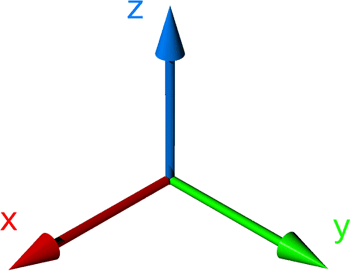- Messages
- 637
- Reaction score
- 365
- Points
- 73
th
 what grade to expect? are you giving A2 aswell?!
what grade to expect? are you giving A2 aswell?!
thnku, thnku so muchYou are lucky, i just finished this paper!
They said to find the distance between two points of intersection.
First we should find what are the points.
To do this we should do simultaneous equation.
3y= 4x+6 -----(1)
y^2 = 12x ----(2)
In equation (2)
x= y^2/12
Sub this to equation (1)
3y = 4(y^2/12) + 6
3y = y^2/3 +6
9y = y^2 + 18
y^2 - 9y +18 = 0
(y-3) or (y-6) = 0
y = 3 or y = 6
when y = 3 [sub to (1)]
3(3) = 4 x + 6
x = 3/4
so first point (3/4 , 3)
when y = 6
3(6) = 4x + 6
x = 3
so second point (3, 6)
Distance √(x1-x2)^2 + (y1-y2)^2
√(3-(3/4))^2 + (6-3)^2
= 3.75





